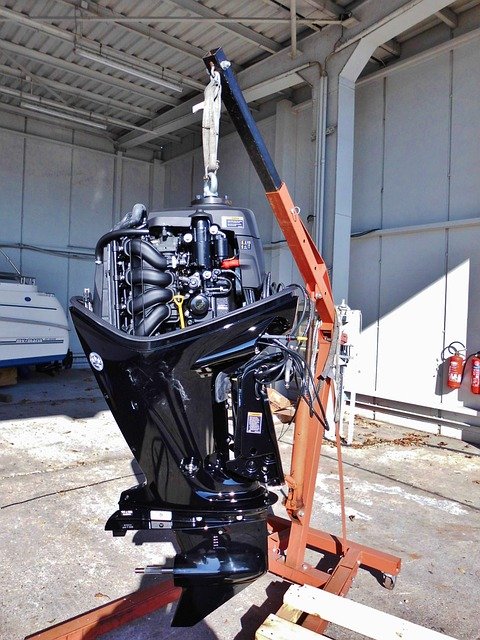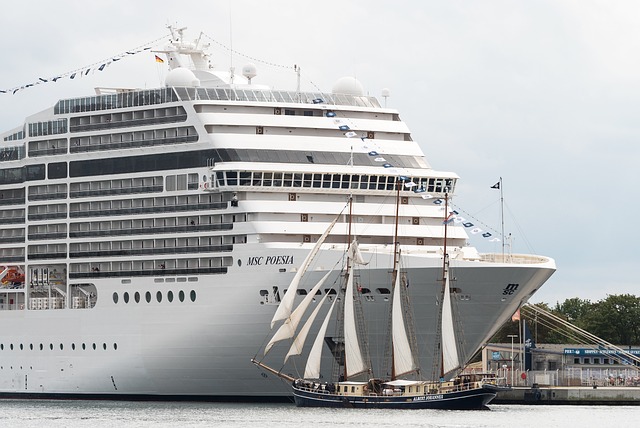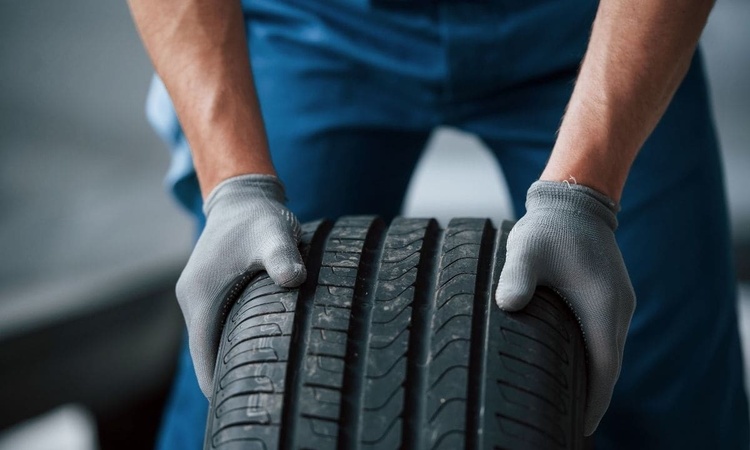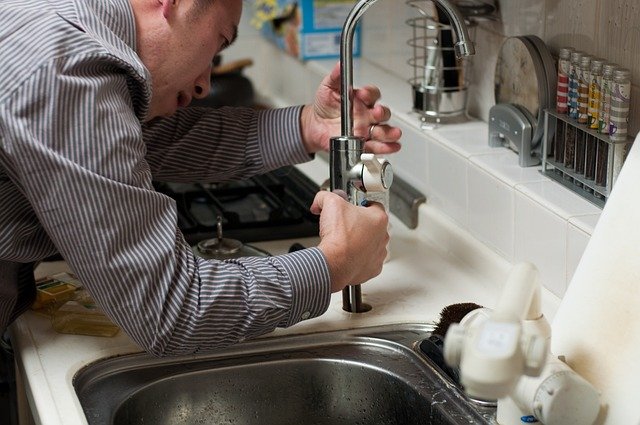Preparing an inspection report: what a technical survey should include
A technical inspection report records the condition of a vessel’s hull, engine and onboard systems, notes signs of corrosion or wear, and sets out clear recommendations for maintenance, storage and navigation safety. It supports decisions on registration and insurance and helps owners and buyers assess repair priorities.

A well-prepared inspection report gives a clear, evidence-based picture of a vessel’s condition and identifies safety-critical issues, likely repair work and ongoing maintenance needs. The opening paragraph of the report should summarise major findings and immediate risks, reference any non-destructive tests or measurements taken, and note gaps in documentation. Photographic evidence and measured data increase transparency and help owners, buyers and local services in your area act on accurate information.
Hull inspection and signs of corrosion
Inspecting the hull requires a close visual survey and, where appropriate, non-destructive testing to measure plate or laminate thickness. Note any gelcoat cracking, delamination, dents, pitting or isolated corrosion around fastenings and keel bolts. Record the condition of through-hull fittings and sea-cocks, and check sacrificial anodes. Documenting corrosion patterns helps determine whether issues stem from prolonged marina exposure, inadequate maintenance or electrochemical attack, and informs decisions on anti-corrosion treatments and future storage strategies.
Engine checks and maintenance requirements
Engine assessment should include cold and warm starts, idle stability, load testing and inspection for oil, fuel or coolant leaks. Measure compression on piston engines, verify service history and record hours of operation. Check belts, hoses, cooling systems and exhaust condition, and inspect propeller, shaft alignment and stern gear. The report should identify immediate mechanical faults, recommended maintenance tasks, and an estimate of remaining component life to inform navigation reliability and insurance considerations.
What a full survey should cover
A full survey integrates technical inspection with systems checks and documentation review. Cover electrical systems, bilge pumps, fuel and water systems, navigation electronics and lifesaving equipment. Verify serial numbers and registration markings, list expired or missing certificates, and prioritise defects by safety impact. The survey should separate urgent repairs from cosmetic issues, provide an ordered plan for remediation, and note any specialised testing that would further clarify structural integrity or hidden corrosion.
Marina history and mooring considerations
The vessel’s marina and mooring history influence wear patterns and the rate of hull deterioration. Time spent in saltwater, frequency of haul-outs, quality of shore power and local fouling levels affect underwater condition. Note whether anti-fouling coatings and anodes were applied and the frequency of cleaning. Mooring arrangements, fendering and berthing discipline also affect superstructure and upholstery wear. This context informs realistic maintenance cycles and helps forecast the urgency of hull or systems interventions.
Registration, insurance and documentation checks
Include a document review that confirms registration details match hull and engine identification. List certificates, past surveys and recorded maintenance events. Insurance implications should be made explicit: identify defects or missing maintenance records that may affect coverage or premiums, and flag safety equipment shortfalls insurers commonly require to be addressed. Thorough documentation supports smoother ownership transfer, clarifies liability and helps align the vessel with regulatory and insurer expectations.
Storage options, navigation systems and upholstery care
Recommend appropriate storage options—seasonal haul-out, covered storage or dry-stack—based on hull condition and local climate. Advise on anti-corrosion measures such as sacrificial anodes, cathodic protection and targeted repainting of the underwater hull. Check navigation equipment for calibration, software updates and mounting integrity before extended passages. For interiors, suggest humidity control and cleaning routines to protect upholstery and prevent mould. Prioritised, practical maintenance steps reduce long-term repair costs and improve safety.
Conclusion
A technical inspection report should be factual, well-documented and actionable: it records the condition of the hull and engine, summarises a full survey of systems, and connects findings to marina history, mooring practice, registration and insurance requirements. Clear prioritisation of repairs, specific maintenance recommendations and guidance on storage and anti-corrosion measures turn an inspection into a practical roadmap for safe and economical vessel ownership.






